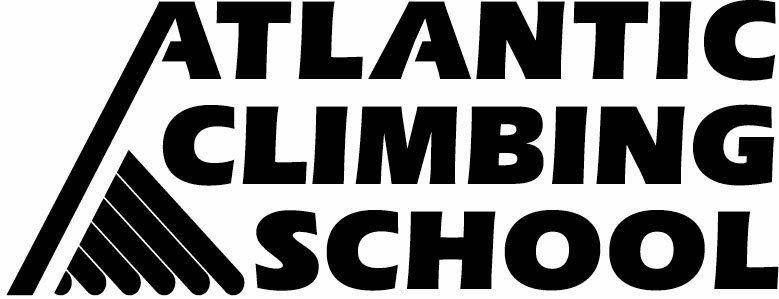Down to Earth Expedition
/In April of 2017 I was lucky enough to be a member of the Down to Earth Expedition. This is an amazing five year project focusing on human powered exploration in the arctic while bringing awareness to climate change and sustainability to kids in schools across the world. This amazing project was created by Michaela Precourt, below is an excerpt from our website!
Down to Earth asks students, teachers, scientists, communities, and team members to courageously contact what we do not yet know. Can you step into the unknown and try for something more? Down to Earth is trying to connect people together to instill a sense of hope back into the world that does not appear to know its way.
Our trip in Iceland ended up being a lot about intention. Having a dream come to life is amazing and daunting at the same time. My intention and dream is to create an opportunity to instill a connection between the next generation and the arctic landscapes of the planet.
The daunting challenge is having a dream come to life with people who may or may not fully hold the same image of what to accomplish. Not bad or wrong or insignificant if our goals are a little bit different, difference and variation express our humanness. The hard part is finding where we do align and connecting my/our intention through that commonality.
Making an intentional community that thrives on the same goals is not an easy task. Our intention meant that we would call each other out when we were not living up to the goals and values we had set for our expedition. And I think we were not fully prepared to do that quite yet as we began. My impression of the strengths we did have and what we were ready to do together were to:
- get to know each other,
- explore the physical land of Iceland,
- become familiar with the people and culture in Iceland,
- how we as individuals connect with the mission of Down-to-Earth,
- how we want our voices to be portrayed in what we produced,
- and ultimately, maybe even in the first place, why being part of something bigger than ourselves is important now.
When we were in Iceland the participating schools tracked our expedition through a GPS System on our website. They received para. updates of what we ate, what we saw, and where we were. They were also able to watch video lessons, such as on the geography, the local food, and group dynamics among other things, which were uploaded after the sailing portion of the expedition.
During the video conference with the school where I teach in Bend, Oregon, the students were able to ask us questions through live interaction from Iceland; a phenomenal experience for not only the team members but also the school Community. During the video conferencing we had 67 other people watching and now 226 people have watched.
While in Iceland we were fortunate to interact with Icelanders in significant ways:
- We traveled to a farm where we met a man who turned a swimming pool and basketball court into greenhouse.
- We saw how he is using the geothermal hot springs to heat the greenhouse. The farmer, creating a micro-climate, is able to grow plum and cherry trees in Iceland.
- We met up with local Icelanders who think sustainability is critically important. One of the members of the group started a CSA in the small community. In the first year she had 50 members.
- We talked with a local fisherman to learn his point of view about what is happening with the climate in the northern areas. And what needs to change in order for Iceland and other arctic regions to actually see a change in the environment. He talked about wanting to see, at a minimum, a change in the next generation perspective on how to treat the land around us.
- And with great excitement, we sailed on a 50 foot sailboat in the west fjords of Iceland; we explore the land by ski; we ate muscles sourced 10 feet from our boat.
The intention of this trip spoke the most true to me at the end back in Bend Oregon, when I saw the smiles on my students faces. This trip ended up, as I had hoped, being about inspiring the next generation to live intentionally about their choices every day.
We may have not always used human powered transportation or only ate within hundred miles due to circumstances but that was our choice in those moments plus our success more than not and ultimately my students saw that. What became our committed intention was the link they needed to see; that it's not about being perfect. What mattered was seeing where we chose to aim because that was relatable to them. It's not about striving to be perfect in every category in every goal 100% of the time, but aspiring to connect to our best self in this moment. And that's a really powerful message. Ultimately, we can always strive to improve ourselves, and strive for the best and we hope to continue to do that in the next years.



























